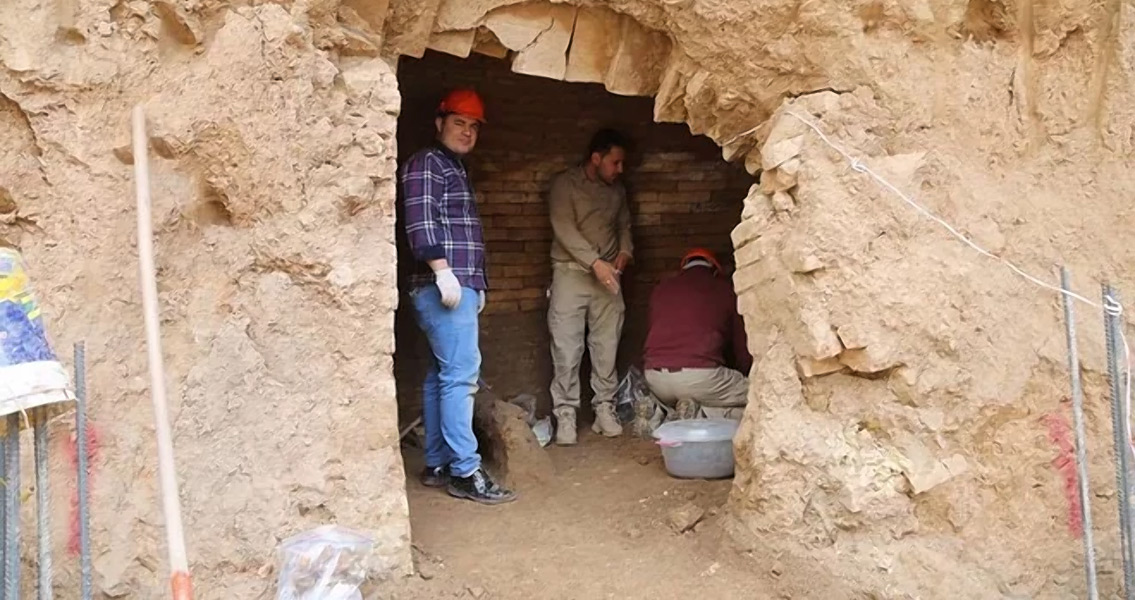<![CDATA[A vaulted tomb that dates back to the time of the Assyrian Empire has accidentally been discovered by construction workers in Erbil, the capital city of Iraqi Kurdistan. The tomb held three ceramic sarcophagi, two of which held remains, and another eight skeletons were discovered lying on the floor of the tomb. Additionally, the research team led by Goran M. Amin with the Directorate of Antiquities in Erbil, discovered over 40 jars in various sizes and shapes still intact. The tomb dates back to between the ninth and seventh centuries BCE, to what is known as the Neo-Assyrian period. During this period the Assyrians controlled an empire that, at its height, stretched from Egypt to the Persian Gulf. Similar tombs have also been unearthed in other Assyrian capital cities, such as Dishad and Nimrud. Typically built for the rich and elite, it is common to find that the tombs had been opened each time a family member died. Erbil, known as Arbela by the Assyrians, was an important city in the empire. Strategically located at the foothills of the Zagros Mountains, on a fertile plain between the Upper Zab river and the Lower Zab river, Arbela was home to the primary temple of the Assyrian goddess of war, Ishtar. A number of Assyrian kings are known to have prayed at the temple before going into battle. The temple was so important that in the seventh century BCE, the Assyrian queens resided in the temple during their pregnancies. The Assyrian empire rose and fell in prominence several times between the twentieth and sixth centuries BCE. The Neo-Assyrian Empire followed the Old Assyrian Empire (2025 to 1378 BCE), and the Middle Assyrian Empire (1365 to 1050 BCE). The Neo-Assyrian Empire existed between 911 and 612 BCE, in Iron Age Mesopotamia. The Assyrians are credited with developing early techniques of imperial rule, which became standard in following empires. After the succession of Adad-nirari II, generally considered the first Neo-Assyrian king, late in the tenth century BCE, Assyria arose as the most powerful state within the known world, dominating the Near East, Asia Minor, Eastern Mediterranean, Caucasus, and the area of North Africa and the Arabian Peninsula; conquering rivals that included Babylonia, Persia, Urartu, the Medes, Cimmerians, Israel, Phoenicia, Canaan, the Arabs and Egypt. During this period, Aramaic was made an official Assyrian language, in addition to the Akkadian language. Following the death of King Ashurbanipal in 627 BCE, the empire began to collapse as a result of a brutal and an unending series of civil wars. Assurbanipal is renowned for having gathered a significant collection of cuneiform documents at his royal palace in Nineveh. Known as the Library of Ashurbanipal, the collection is now kept at the British Museum, along with a set of famous Assyrian palace reliefs named the Lion Hunt of Ashurbanipal. Image courtesy of Goran M. Amin]]>
Neo-Assyrian Tomb Complete with Skeletons Discovered in Iraq
